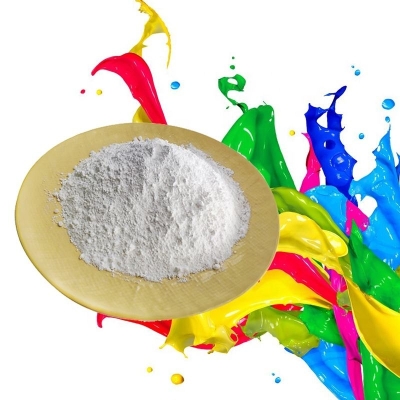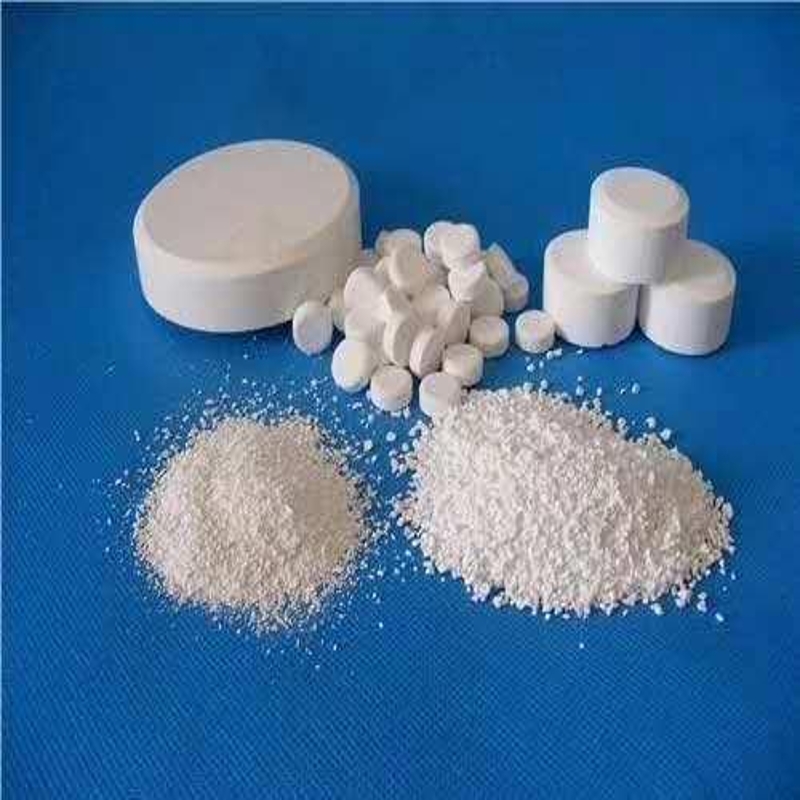-
Categories
-
Pharmaceutical Intermediates
-
Active Pharmaceutical Ingredients
-
Food Additives
- Industrial Coatings
- Agrochemicals
- Dyes and Pigments
- Surfactant
- Flavors and Fragrances
- Chemical Reagents
- Catalyst and Auxiliary
- Natural Products
- Inorganic Chemistry
-
Organic Chemistry
-
Biochemical Engineering
- Analytical Chemistry
- Cosmetic Ingredient
-
Pharmaceutical Intermediates
Promotion
ECHEMI Mall
Wholesale
Weekly Price
Exhibition
News
-
Trade Service
Global Chemicals Quick Review
Global surfactant demand will continue to grow steadily
According to IHS Chemical, in 2015~2020, global surfactant consumption is expected to grow at an average annual rate of 2.
8%, which is slightly higher than the global per capita GDP growth rate
of 2.
7% in the same period.
Emerging markets will grow slower than expected
due to lower commodity prices.
As real GDP growth has slowed, consumer demand for surfactants in emerging markets will be dampened
in the near term.
According to IHS Chemical, surfactant consumption in household cleaning products is expected to grow from 4 million tons in 2015 to nearly 4.
1 million tons
in 2020.
Xiaolan Wang, Senior Vice President and General Manager of Home Care at Evonik, said: "Our business will continue to grow
steadily in 2017.
Economic and population growth will drive the demand for surfactants in
emerging regions.
”
In 2017, EPA will initiate a chemical substance risk assessment
The U.
S.
Environmental Protection Agency's (EPA) top priority this year is deciding how to review the potential risks
of commercial chemicals.
In June 2016, the United States enacted the new Toxic Substances Control Act (TSCA), and the EPA faced several deadlines
related to its implementation.
In the coming years, EPA will have to assess the potential risks of chemicals contained in household goods and industrial products sold in the U.
S.
market, starting with 10 high-priority substances
.
The new law gives the EPA a number of privileges, including the ability to request safety data on such chemicals and to charge industry fees for
evaluations.
The EPA has identified the first 10 high-priority chemicals
to be evaluated.
By May, the EPA must determine the scope of the assessment, and by June, the EPA must put in place a process and methodology
for the risk assessment.
North American oil and gas drilling spending will jump sharply
According to Barclays' findings, oil and gas producers' oil and gas drilling spending in North America will increase significantly by 26% year-on-year in 2017, while drilling spending outside North America is likely to increase by only 2.
3%.
This suggests that U.
S.
shale drillers are looking to grab market share
after OPEC members decided to cut oil production recently.
Large and medium-sized independent producers will see most of the new oil and gas drilling spending in North America come from large and medium-sized independent producers, which will increase by about 51% to nearly $38 billion
in 2017.
Overall, Barclays expects North American oil and gas drilling spending of $98.
3 billion in 2017, still down from $126 billion in 2015
.
The downward pressure on capital expenditures by global oil and gas majors intensified
According to a new analysis by RBC Capital Markets, capital expenditures by global integrated oil and gas companies are expected to fall further by 8%
in 2017.
The continued decline in integrated oil and gas capital expenditure was driven
by a combination of reduced drilling and production activity and lower costs.
Total capital expenditures by global integrated oil and gas companies this year are expected to be $123 billion, about half
of the 2013 peak, the report said.
According to RBC, for the oil and gas industry as a whole, capital expenditure expectations for 2017 have steadily declined and are now down 30 percent
compared to the beginning of 2016.
ExxonMobil, Statoil and BP saw the biggest
cuts in capital expenditures.







